Studio director Lucas Johnson and creative director Claris Cyarron on creating a surreal journey.
Night has enveloped the highway and your only companion is the music from the radio.
A hiker stands on the roads edge and, after passing them by, they appear in your car.
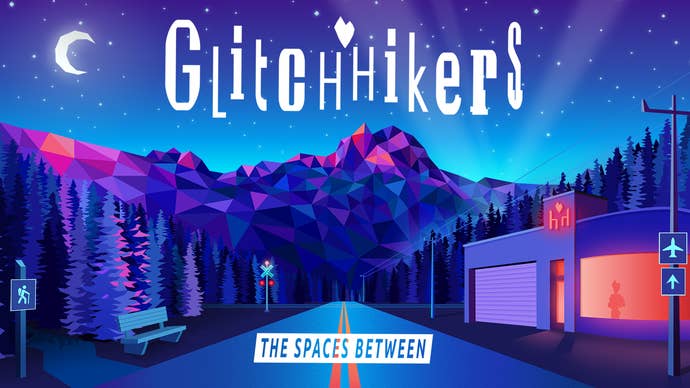
Did you stop to pick them up?
Did they teleport into your car?
You blink and theyre gone.

Where did the inspiration for the Glitchhikers concept stem from?
Claris Cyarron:The inspiration came from our Technical Director ceMelusine - who also goes by Phil.
This was in 2013 and the turn of New Year into 2014.
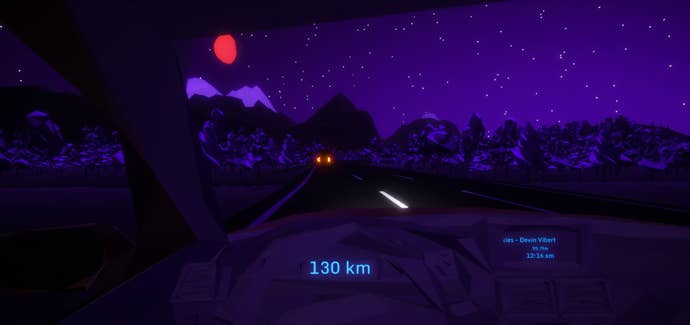
We sat down and Phil wanted to make a game about driving alone late at night.
We would pitch the game and some people would be like, ‘I’ve never really done that.
I don’t really drive.’
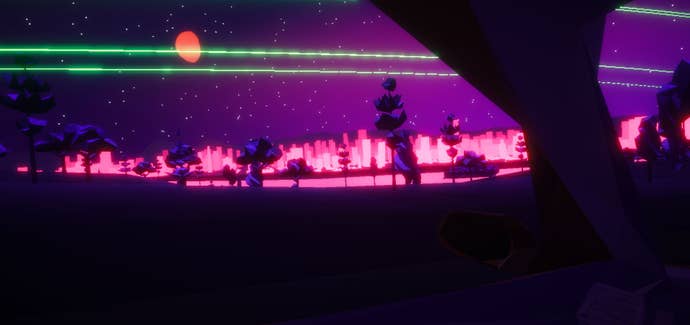
And we’re like, Right, there’s other aspects of this concept that are rich for exploration.
All these little things that we did to push those ideas forward.
The fact that people responded that way to First Drive indicated that we were on to something.
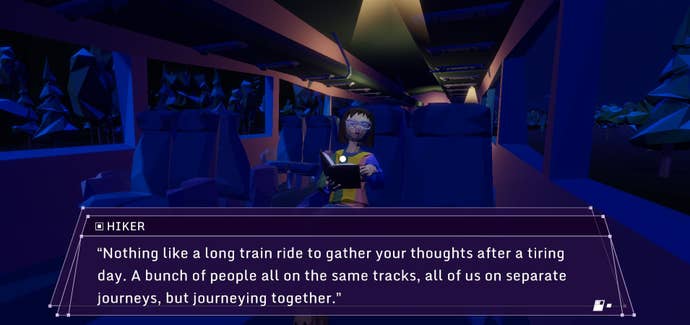
Both Glitchhikers games have a very ethereal tone - how did you capture that feeling?
Lucas Johnson:A big part of that has to do with the music.
It’s experimental - sort of electronic.
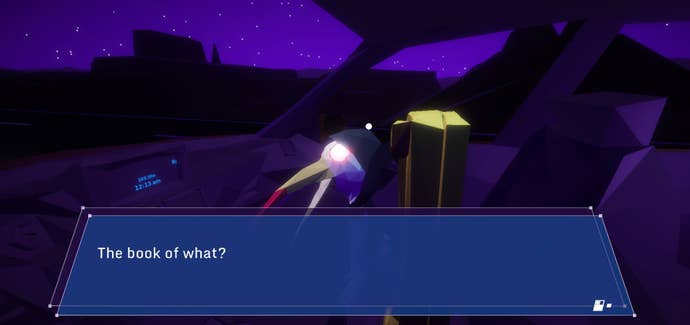
Lucas Johnson:The beginning was thinking about what kinds of topics we wanted to explore.
We only had six conversations in First Drive, there are 50 in The Spaces Between all told.
I wanted to see to it there was that element, because it’s that unreality.
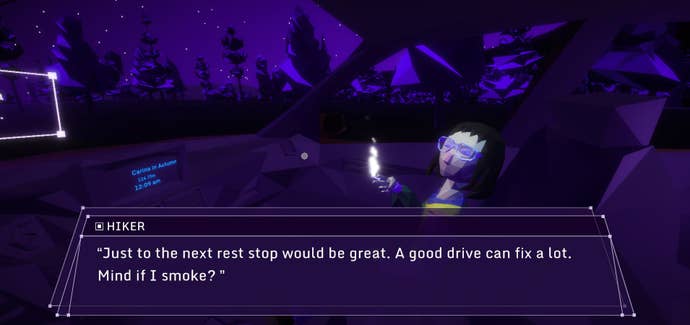
Is this all a dream?
That’s a little weird.'
Claris Cyarron:Some of the characters are like, I’m a psychopomp-key in character.
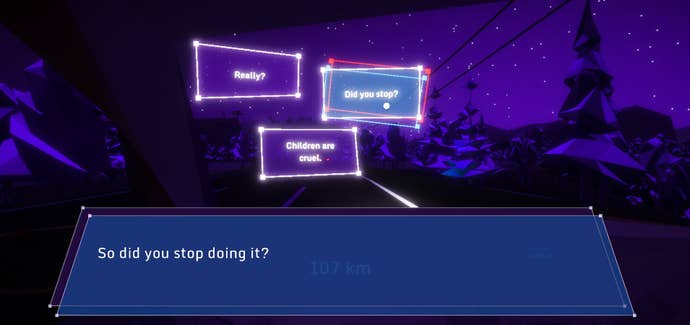
I want to talk about death and various vantage points.'
We didn’t want there to be a singular logic for all the characters.
Cos I’m thinking about that now.
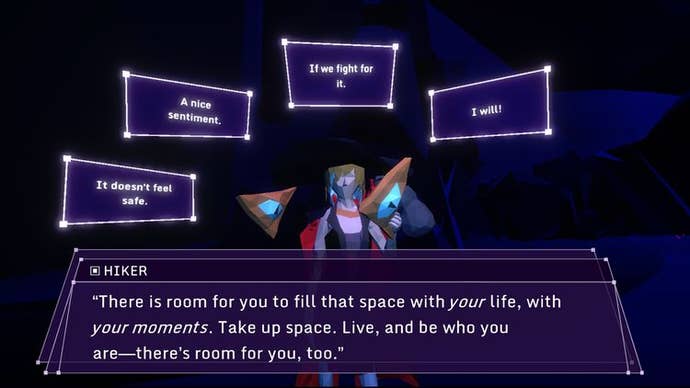
That’s pretty weird.'
We’re talking about heavy subjects here, intellectual subjects sometimes, we want to make them approachable.
We don’t want this to seem academic.
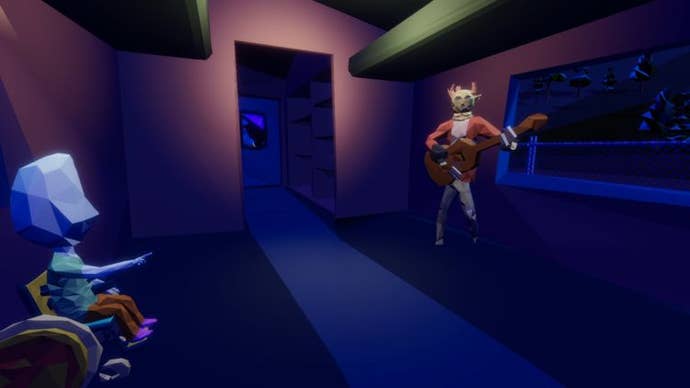
Claris Cyarron:The concept of space itself is definitely something we wanted to talk about.
Before games, I was an architect and thats where my training and interest came from.
It was both parts of that two word phrase - liminal spaces.
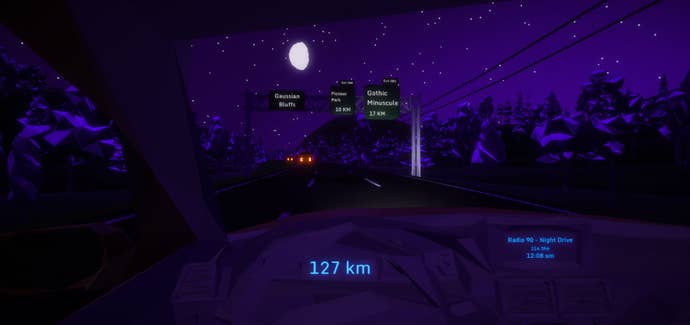
How can you get into this mindset and then what can you get out of this mindset?
We want games to do a better job at helping people find their way back out of them.
Games are incredibly sophisticated at getting people myopically focused on them.
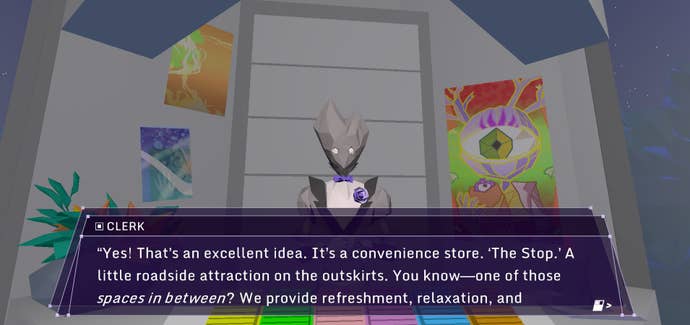
Not every relationship with a meaningful game needs to be like that.
A big thing we wanted to confirm we included in The Spaces Between was more queer stories.
They’re an artist and have travelled the universe.
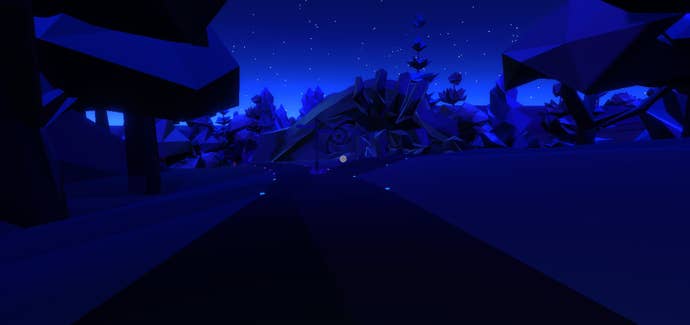
Claris Cyarron:We don’t really have the queer hiker.
None of our queer characters talk like: you meet them in the train, queer conversation.
What attracted you to working within liminal space?
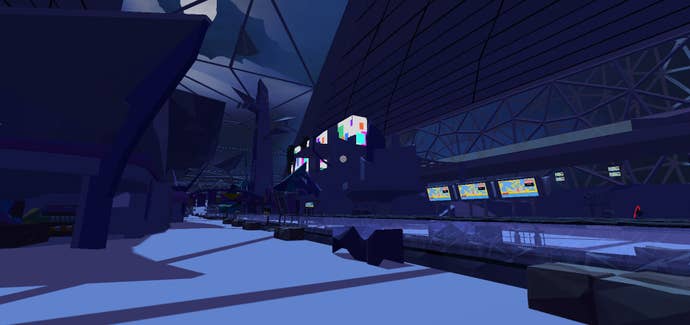
Okay, why did that work?
I’m always looking at games and asking, what kind of space is that?
It was this transition between two places and liminality is really about that transformative moment.
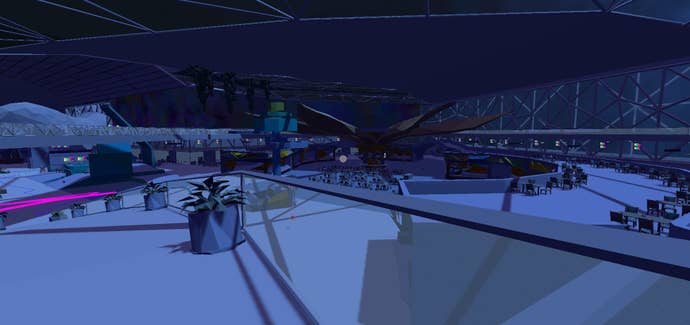
Claris Cyarron:It depended partially on the journey.
And blurring the lines between architecture and art objects.
Then having that space set up and working alongside our tech artist Bill Davidson to create these sculptures.
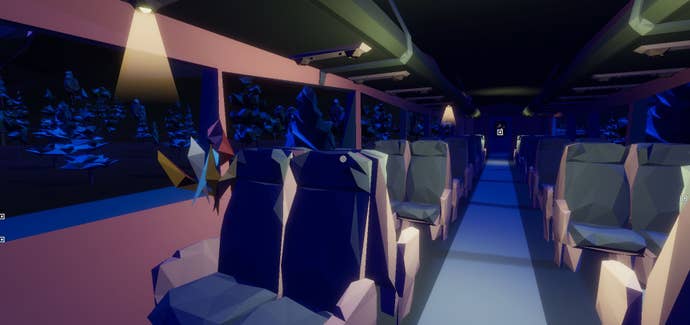
How are you moving through this space?
How are you interacting with this space?
Then, you have a conversation with one of the hikers that connects all these three things together.
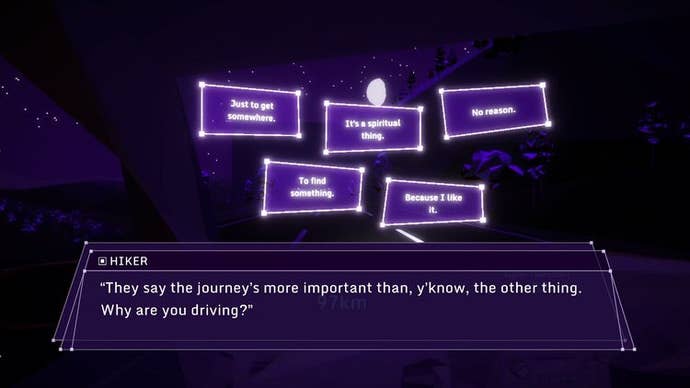
We wanted to create these spaces in a way that could allow for those kinds of connections.
So the conversations can take on this purgatorial aspect and they’re a little more meditative.
That’s where the three different, shorter, conversations turned into one longer conversation.
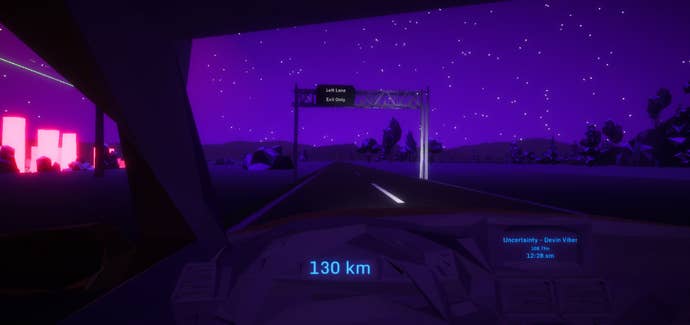
This is a moment where we can humanise these characters.
They’re not daily gods or powerful spirits - they’re strangers that have a perspective.
There’s no permanent punishment for going, ‘Today I actually don’t believe any of this shit.
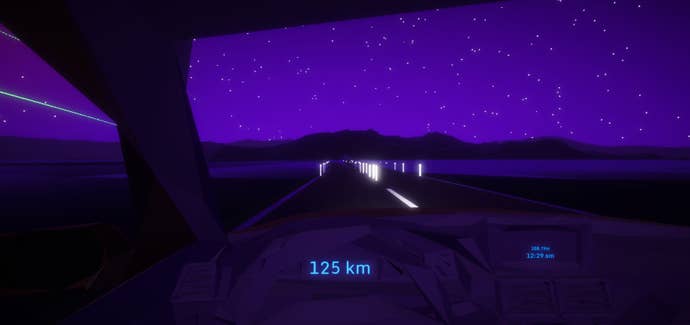
I want to push back on it and hear you talk me into this stuff does matter.
You’re thinking about your abusive former relationship?’
Then you’re free to filter everything off but death to increase the chance of having those conversations.
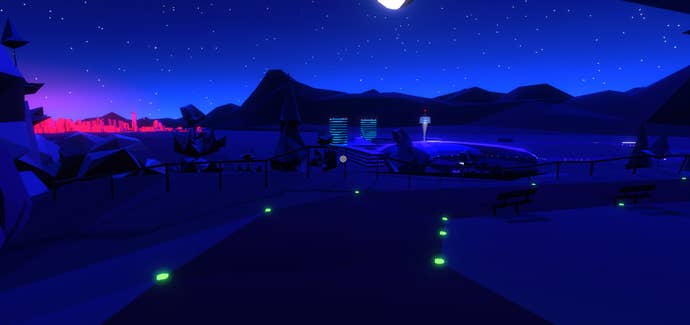
Then the choices you make are back and forth between you and the game as you construct meaning together.
Often on a highway, the other lane might be separated somewhat - we don’t even have that.
And I was like, Should we do that?
I don’t think we should.
Claris Cyarron:Some of my favourite drives have ended up being kind of between Seattle and Vancouver.
One is road noise.
Theres no counterflow traffic, why is that?
So it’s those little things that we’re like, Do we want an engine?
No, it adds that element of - is this even real what you’re doing right now?
How do you keep that fight going?
Glitchhikers: The Spaces Between is currently available on PC, Mac and Nintendo Switch.